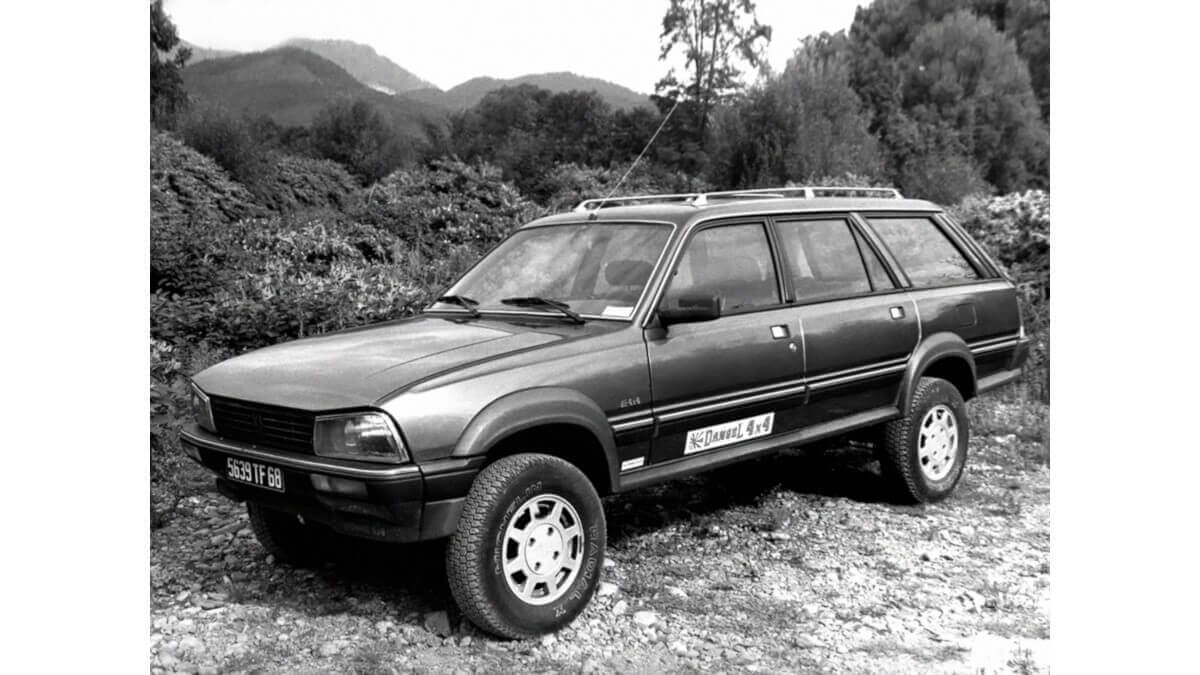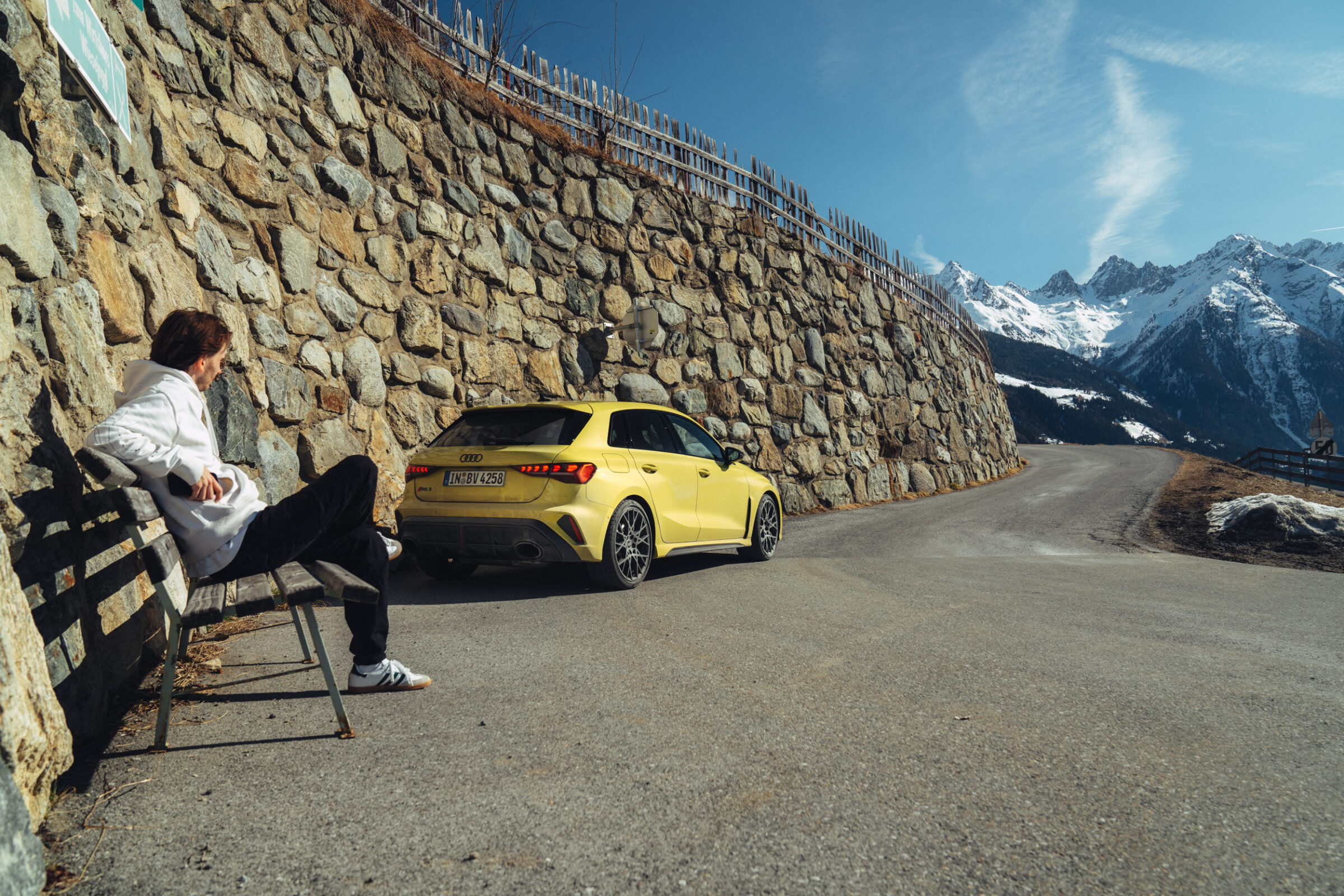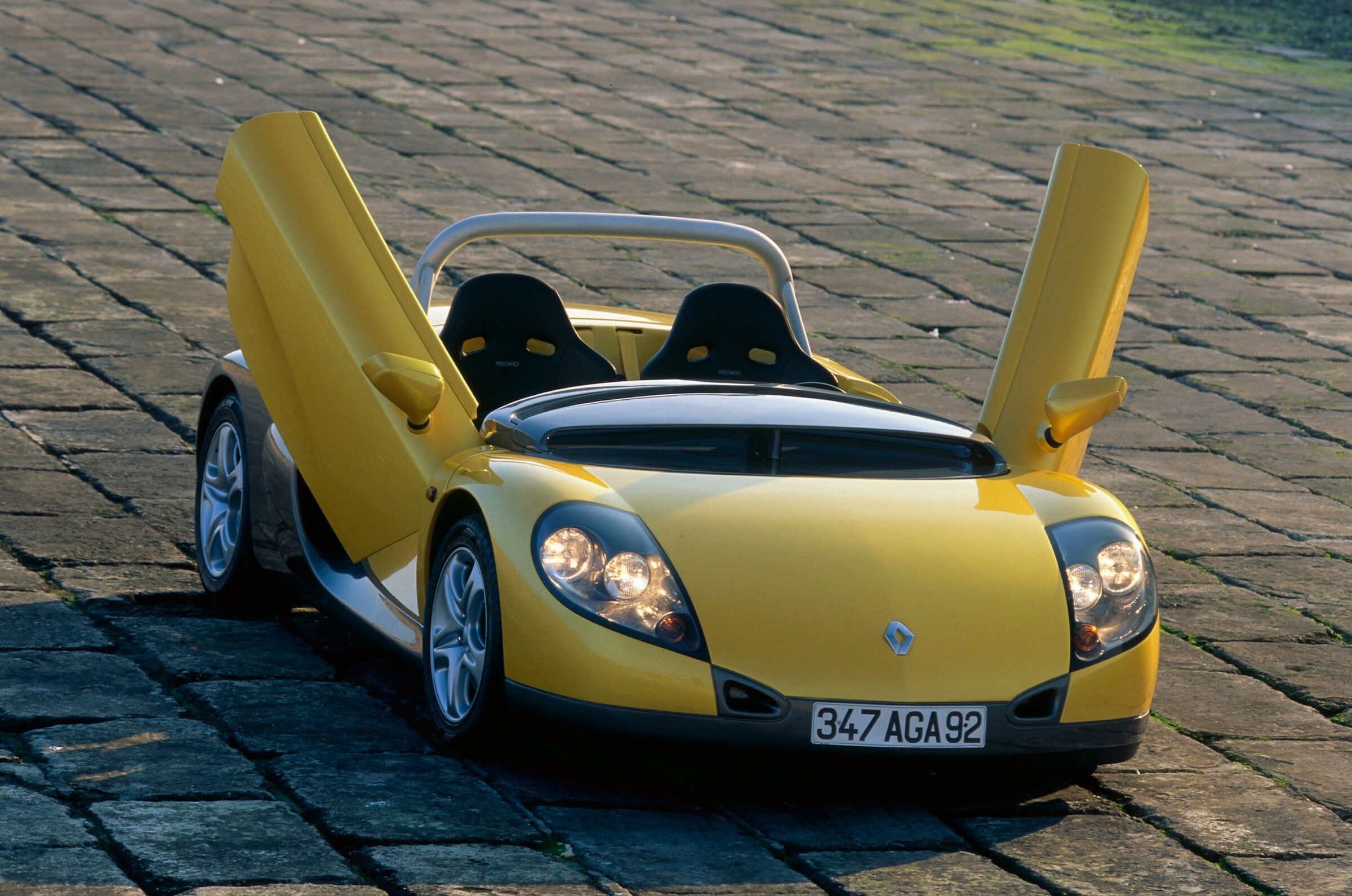40 Years of Peugeot 505
Sometimes, inheritors are not to be envied. In royal houses they are measured by the previous king or queen, in family businesses their father is the benchmark and in the automotive sector it is also often enough hard to fill the very wide tire tracks of a famous predecessor model. A good example of this was the the Peugeot 505, presented in 1979, which should replace the 504. Since this model had proved to be particularly robust, however, it was produced until 2005 in Asia, Africa and South America as Familiare (station wagon) or Pick-Up. The 505 took over various parts of the chassis and initially also the engine range from the previous model. These were installed longitudinally under the hood and powered the rear wheels. Wishbones with MacPherson struts at the front axle were combined with a trailing arm rear axle at the sedans, while the estate (called Break), offered from 1981, got a rigid axle with Panhard rod and drawbar.
On the drive side everything started with two gasoline engines. The 1.9-liter carburettor engine in the GR or SR made 96 hp, while the injection engine with two liters of displacement in the TI and STI delivered 110 hp. At the same time, customers were also able to order the 2.3-liter diesel engine with 70 hp in the GRD and SRD. All engines transmitted their power through a manual four-speed transmission. From 1981, the STI received a five-speed gearbox, while all other engines were optionally available with a three-speed automatic. The first turbo diesel engine of Peugeot with 80 hp replaced the previous SRD as the SRD Turbo in 1982, while in the GRD the capacity increased to 2.5 liters with the same power but more torque. In addition, the STI now was upgraded to 117 hp from 2.2 liters. A year later the 82 hp base engine debuted in the GL, while the base diesel was renamed to GLD with 75 hp. A limited slip differential now came standard at the STI (now with 115 hp) and SRD Turbo. For the model year 1984 Peugeot changed the naming of the previous top versions to GTI (now with 123 hp) and GTD (now with 90 hp), while in the base model GL the performance was reduced to 75 hp and all variants above the GL received the five-speed gearbox as standard. A new top-of-the-line version was the Turbo Injection with 155 hp and 254 newtonmeters of torque from 2.1 liters of displacement.














In mid-1985, Peugeot launched a major facelift for the 505, through which it got new bumpers in body color with narrow black stripes and larger taillights. The interior was also completely redesigned. The four-speed manual transmission was finally completely replaced with the five-speed unit, while the three-speed automatic also got replaced with a four-speed unit. In addition, the Turbo Injection got a performance upgrade to 167 hp and 260 newtonmeters. However, only two years later, the introduction of a catalytic converter provides for a power reduction to 150 hp, which could be increased back to 174 hp for 1988 by fine tuning the engine. Due to the production stop of the larger 604, the 505 took over the role of the top model in the Peugeot range from 1987. On the other hand it also got the V6 engine with 143 hp and catalytic converter. New was also the 105 hp turbo diesel engine in the GTD.
At the end of 1990, the sedan was dropped from production, while the Break production was continued for the next two years. In addition, there were special bodies such as the extended limousine of Labbé or the raised Break by Dangel including a conversion to four-wheel drive. Like the predecessor model, the 505 was produced for several more years in other countries, for example until 1997 in China as the Ghangzou-Peugeot GP 7202. In France, exactly 1,351,254 copies were produced by 1992, of which 234,386 were Breaks. While the 505 has almost completely disappeared from the streets of Europe, it still is a very beloved car in Africa.
Images: Peugeot, Dangel




